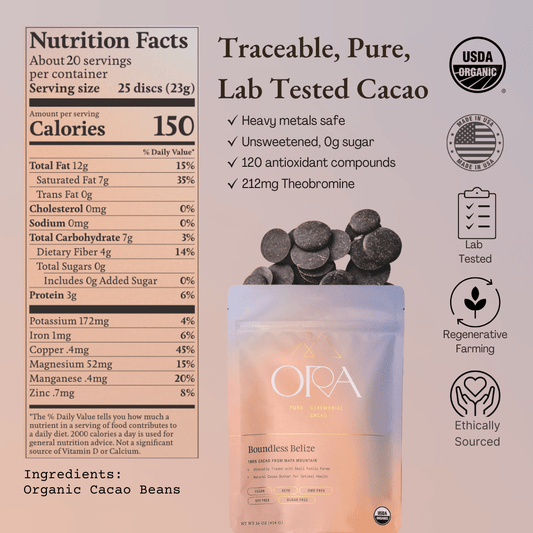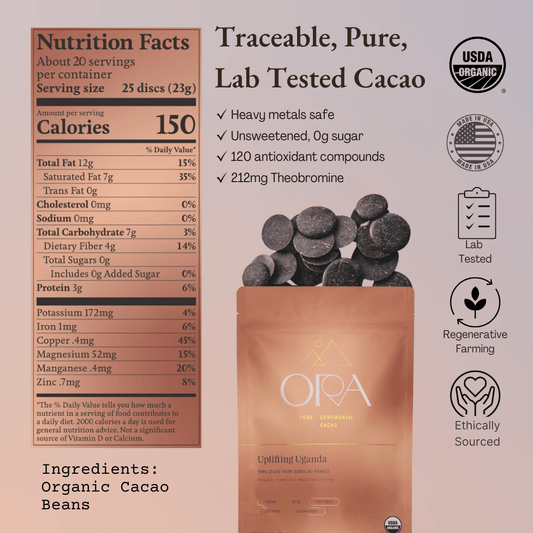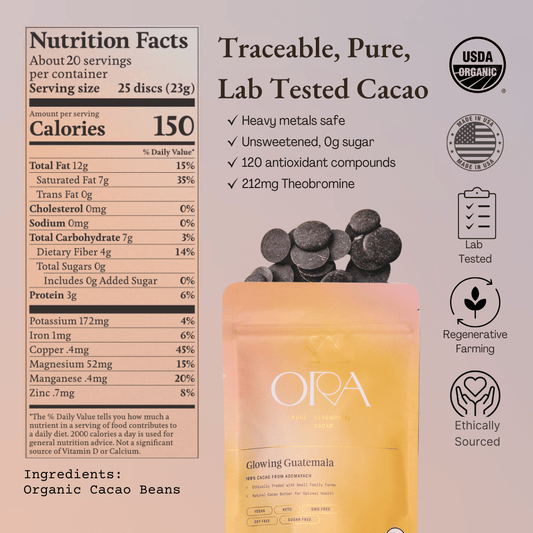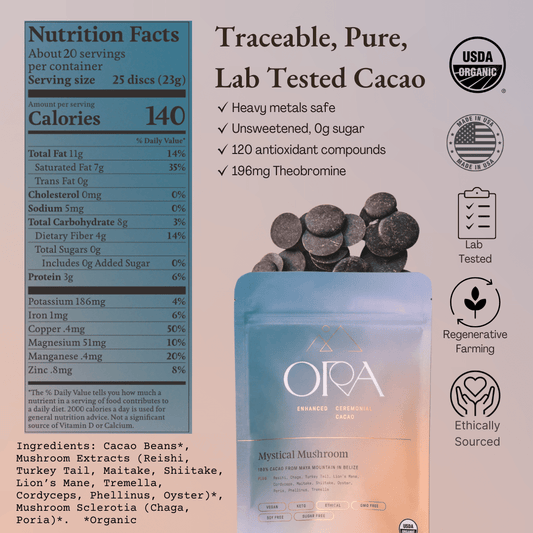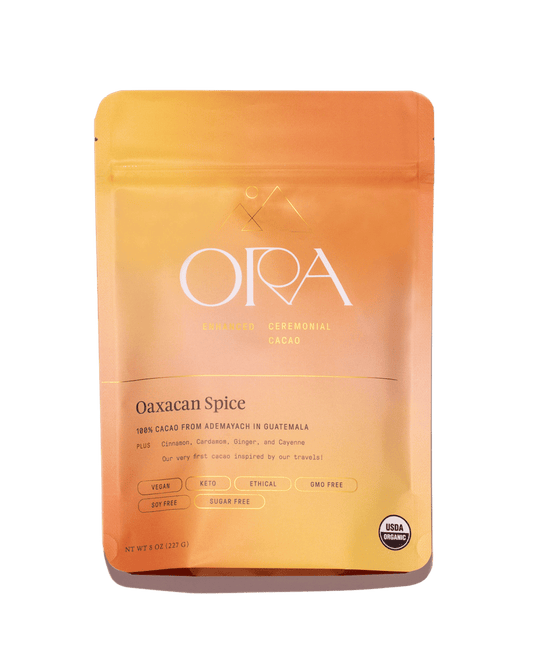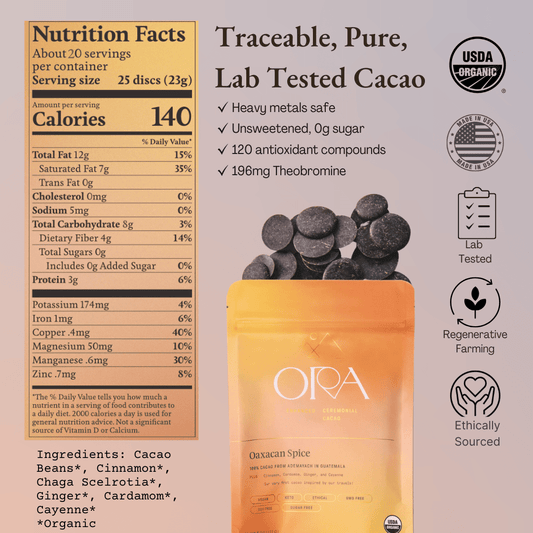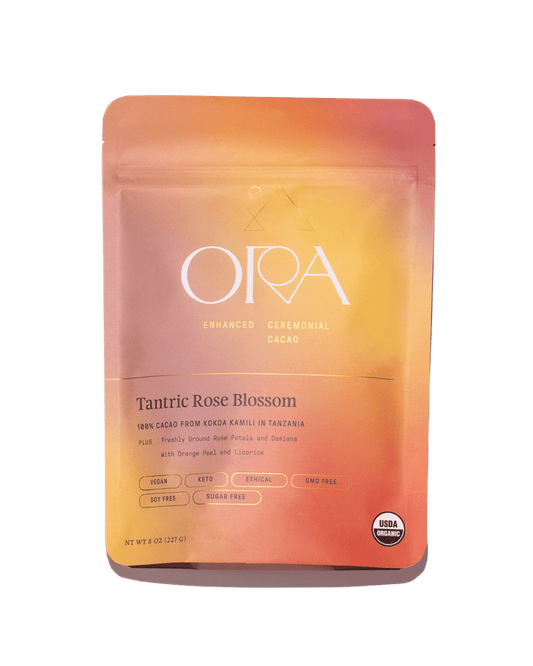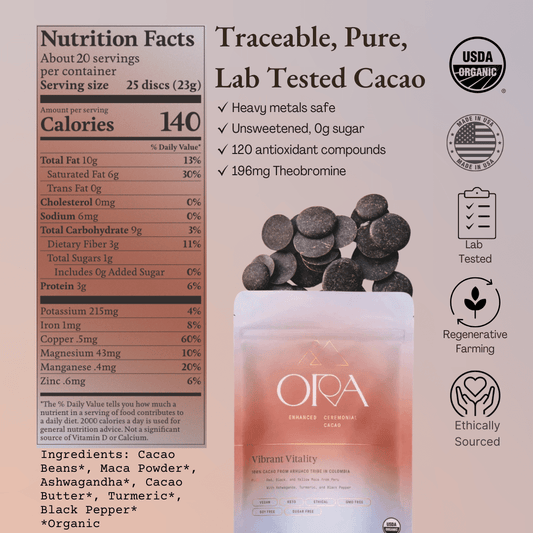As you may know from our previous market update, commodity cacao bean prices have surged enormously due to shortages while demand for cacao has stayed steady or grown. For context, there’s about 11 billion pounds of cacao beans produced globally, and this year we experienced a global shortage of 10% which is a 1 billion pound deficit.
Ideally, as cacao bean prices increase, this would mean that cacao farmers are receiving more money - in most countries, they’ve been severely underpaid for decades. So just how has this affected farmers who sell their cacao into the commodity system?
Before we dive in further, let’s cover a few definitions. Ora Cacao does not buy commodity cacao beans, instead we buy Direct Trade, so we go directly to local cooperatives and negotiate our own pricing, rather than relying on the world commodity market price (which is way too low to compensate farmers fairly.) Direct Trade is crucial to our social impact mission and to source the quality of cacao that we are looking for.
Historically the commodity price has been unethically low. Studies showed 73%-90% of commodity cacao farmers don’t make a living income as defined by the World Bank, and 30%-58% earn an income below the extreme poverty line. Has the increase in cacao prices changed this?
Impacts On Farmer Income Around The World

The key thing to understand is that farmer income = farm gate cacao price multiplied by their cacao harvest volume.
This simple math has meant that the surge in world cacao bean prices has affected farmers around the globe differently depending on their harvest.
We talked to Freddy Salazar, a cacao farmer in Ecuador, who shared that Ecuador has had a very successful harvest this year, and combined with high prices it’s a boom for cacao farmers. He says that many have been waiting for this moment for fifty years, and that typically while farming is wholesome, it is not profitable most of the time. So he’s happy that farmers in Ecuador are finally getting a break, paying down loans and investing in soil fertility.
Unfortunately, in many other parts of the world, farmers have not been as lucky. In some unfortunate places the harvest has decreased up to three-fold due to a multi year drought. For example in Guatemala, small-holder farmers this year might sell just 5 bags of cacao beans instead of their usual 15 bags. So even if the commodity farm gate price tripled (which is more than it has), farmers are struggling at the same or worse levels. (For those of you wondering, that’s also why we haven’t received cacao from Guatemala yet this year, the harvest has been late and very low volume).
In Ghana and Cote d’Ivoire, where over half of the world’s cacao bean production comes from, prices that farmers are paid are strictly controlled by each country's respective Cocoa Board. In early April, both Cocoa Boards finally raised the price that farmers received by 50%-60%, after initially indicating that they wouldn’t raise the price at all!
While this price raise is important, it still falls far short of ameliorating poverty conditions for farmers, especially because farmers in Ghana and Cote d’Ivoire are harvesting less cacao due to challenging growing conditions. It’s also uncertain if these price increases will stay in place once conditions improve for farmer. And with a system that hasn’t invested in farmers or farms for decades, that’s a big question.
How Does This Impact The Farmers Who Grow Ora's Cacao?
For comparison, via Ora Cacao’s Direct Trade, we’ve boosted farmer’s prices in several smaller leaps, so that they can keep pace with the increases in the market.
Our farmers in Belize are receiving about double the farmgate price in Ghana and Cote d’Ivoire, and they’ve had a good harvest, so it’s very good news for them. It’s similar for our Colombian and Tanzanian cacaos, so the mood on the ground has been optimistic, as our farmers (outside of Guatemala) have had good harvests and price increases on top of our already market leading farm gate prices.
Unfortunately, the global commodity cacao market price is determined in a way that when catastrophe strikes, prices are higher, but when production is good, prices are low. This doesn’t incentivize quality, nor does it monetize the societal importance of good wages for farmers and regenerative agroforestry practices that will keep us in good relationship with cacao and tropical ecosystems for the long run.
We’re hopeful that the recent volatility in cacao prices will lead the chocolate industry in a more sustainable direction, but we know that old ways die hard so in the meantime we still know that direct trade and ceremonial cacao is 100% the way to go!
So thank you for continuing to support Ora and the farmers that grow our cacao!



